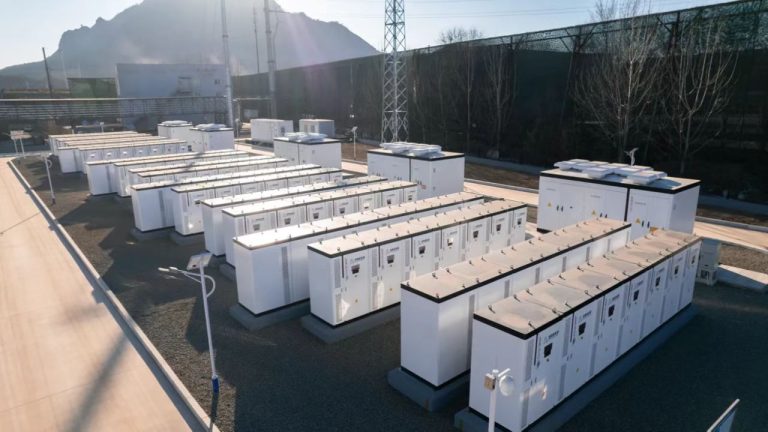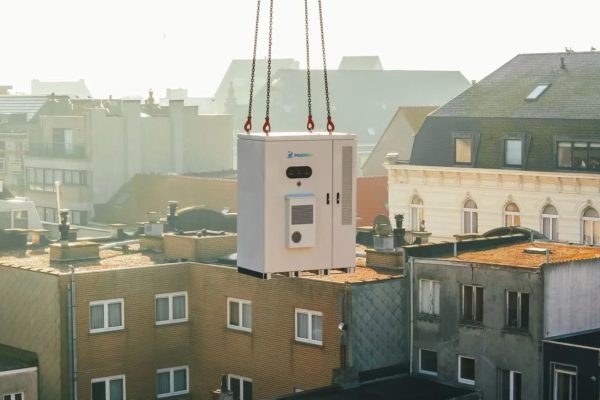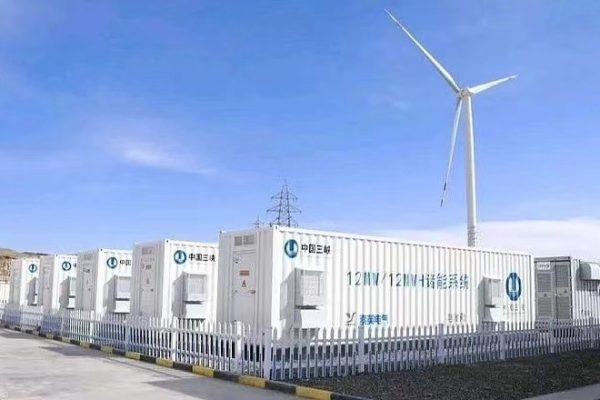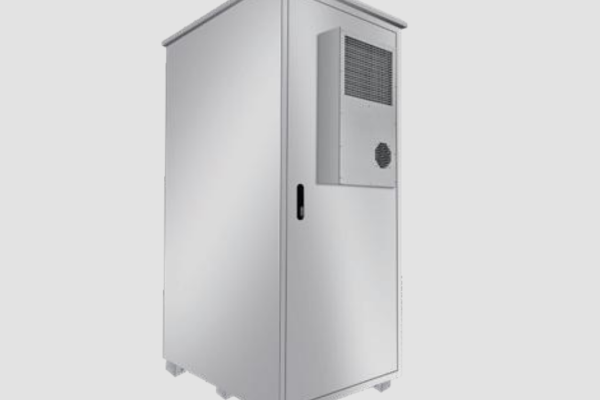Remote areas, islands, and industrial sites without stable grid access increasingly rely on small-scale PV + energy storage systems to achieve reliable off-grid power. These systems are no longer experimental or niche — they are now a proven, replicable solution for communities and enterprises seeking energy independence.
This article introduces a modular off-grid PV + storage design, presents a practical 30 kW/100 kWh project case, and highlights key technologies that ensure system stability, ease of maintenance, and long-term reliability.
1. Why Small-Scale Off-Grid Systems Matter
Historically, off-grid power relied on diesel generators. While reliable, these systems are costly to operate and environmentally unsustainable. The evolution of lithium-based storage and high-efficiency PV modules now enables hybrid systems that deliver:
- Continuous 24-hour power with reduced fuel usage
- Lower operational costs over 5–10 years
- Simple expansion as load demand grows
For small industries, rural telecom towers, and agricultural facilities, the sweet spot lies between 10–50 kW PV arrays with 50–200 kWh of storage — large enough to support critical loads, yet compact enough for containerized deployment.
2. A Replicable System Architecture
The most successful off-grid systems are built around standardized modules that can be replicated across sites.
Core Architecture
- PV Array: 15–50 kWp (monocrystalline panels, string-based configuration)
- Hybrid Controller or DC Combiner: Simplifies PV and battery interconnection
- Battery Storage: 50–200 kWh LFP modules with integrated BMS
- Power Conversion System (PCS): 10–50 kW hybrid inverter with generator input
- Energy Management System (EMS): Predictive scheduling for day-night balancing
The modular concept ensures that each subsystem — PV, battery, PCS, or generator — can operate autonomously while coordinating through the EMS for energy optimization.
3. Case Study: 30 kW PV + 100 kWh Battery System for a Remote Workshop
Background
A small manufacturing workshop in Central Africa operated entirely off-grid using two diesel generators. High fuel prices and frequent maintenance created unsustainable costs, with the site consuming over 900 liters of diesel monthly.
Challenge
- No grid connection within 10 km
- High power fluctuations from machinery
- Limited technical support available locally
The Solution
A 30 kW PV + 100 kWh LiFePO₄ storage system was deployed using a modular architecture:
- PV installed on the workshop rooftop and nearby carport structure
- Two hybrid inverters (15 kW each) in parallel operation
- Modular battery racks with local BMS control
- Cloud-based EMS with predictive weather data integration
The system also retained a small 15 kVA backup diesel generator, automatically started only when battery SOC fell below 15%.
Performance Results
After six months of operation:
- Diesel usage reduced by 82%
- System uptime: 99.5%
- Payback period estimated: 3.8 years
Maintenance was reduced to simple periodic cleaning and monthly EMS log checks, handled by non-specialist staff with minimal training.
4. Technical Highlights
a) Hybrid Flexibility
The hybrid PCS acts as the central node — capable of managing PV input, battery charging, and generator synchronization without manual switching. This eliminates downtime and ensures smooth transitions during cloudy conditions or unexpected load surges.
b) Predictive Energy Management
The EMS uses weather forecasts and historical load data to optimize energy dispatch:
- Charging priority during peak sunlight
- Load shifting to evening battery discharge
- Generator auto-start only under low SOC conditions
This predictive control increases energy utilization by up to 15–20% compared with fixed scheduling.
c) Modular Reliability
Each battery rack includes an independent BMS and communication interface. If one module experiences a fault, it is automatically isolated — the rest of the system continues running. This design ensures reliability even in harsh environments.
d) Localized Maintenance
To make off-grid systems sustainable, they must be serviceable locally. Modular PV and battery components allow hot-swap replacement and easy firmware updates, minimizing the need for factory-level intervention.
5. Lessons from Real Deployments
Through dozens of small-scale off-grid installations (20–50 kW PV, 50–200 kWh storage), several operational lessons have emerged:
- Right-sizing matters. Oversized systems increase cost without improving reliability. Proper energy audits ensure 70–80% daily depth of use for optimal performance.
- Thermal management is critical. Battery enclosures require passive ventilation or small cooling fans, especially in tropical regions.
- DC-coupled designs are simpler for small systems. They reduce conversion losses and wiring complexity.
- Include a minimal backup source. Even a small 5–10 kVA generator ensures resilience during extended cloudy periods.
- Local training ensures long-term uptime. Empowering site operators with basic O&M knowledge greatly reduces system downtime.
6. Economic and Operational Impact
| Metric | Typical Value (Small Off-Grid PV + Storage Systems) |
|---|---|
| PV capacity | 10–50 kW |
| Battery capacity | 50–200 kWh |
| Diesel reduction | 70–90% |
| Payback period | 3–5 years |
| Uptime | ≥ 99% |
These results demonstrate that small-scale PV + storage systems deliver not only economic savings but also operational independence and improved energy quality.
7. Design for Reuse and Expansion
A key advantage of modular systems is reusability. Each subsystem can be relocated, upgraded, or integrated into a microgrid as new sites are developed.
For instance, a 30 kW PV + 100 kWh setup can later be expanded to 60 kW + 200 kWh simply by adding inverter and battery modules without changing the control logic.
This makes the solution ideal for construction camps, off-grid workshops, or temporary research bases, where power needs evolve over time.
8. The Future of Reliable Off-Grid Systems
The next generation of small off-grid power solutions will combine AI-based energy forecasting, smart load control, and plug-and-play modular design.
Instead of custom engineering each project, integrators can deploy pre-certified “energy kits” — compact PV + storage units with embedded EMS logic and standard interfaces.
Such modularity reduces engineering time, accelerates deployment, and ensures predictable performance across diverse geographies.
Small-scale PV + storage systems have moved from pilot concepts to proven, reliable infrastructure. When designed modularly, they provide sustainable, low-maintenance off-grid power for communities and businesses alike.
The key to success lies in replicable design, predictive management, and practical serviceability — not in oversized or overly complex systems.
For EPC contractors and energy professionals, this approach offers a scalable business model with tangible impact: reliable power, reduced fuel costs, and long-term customer trust.









